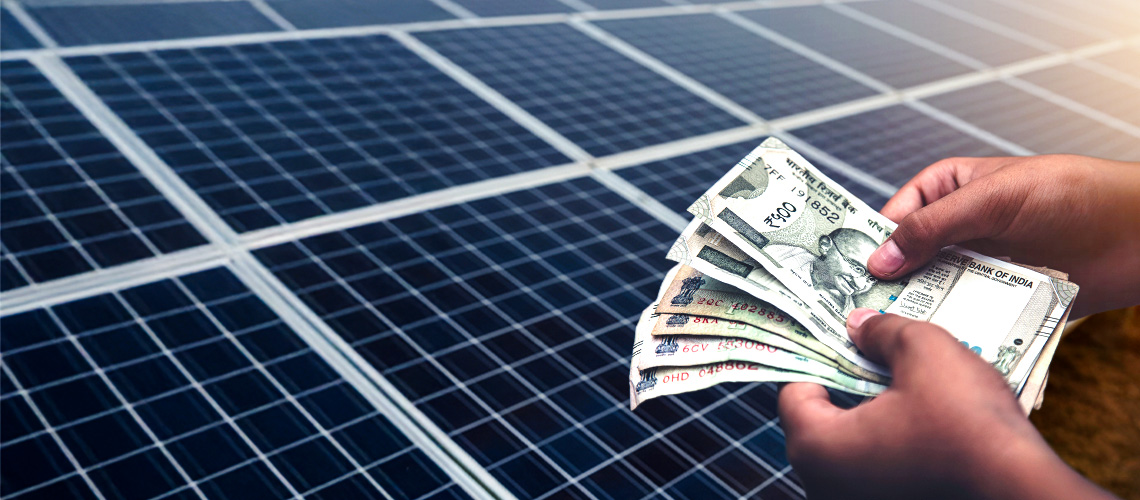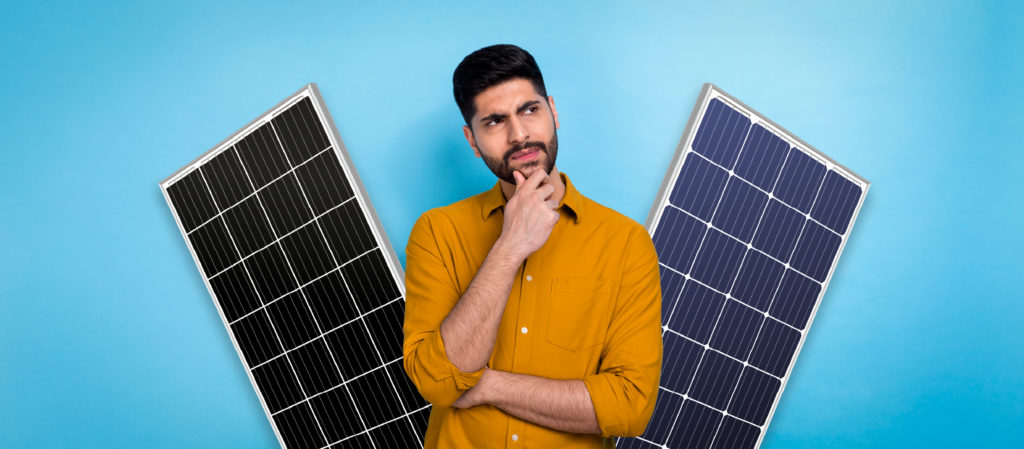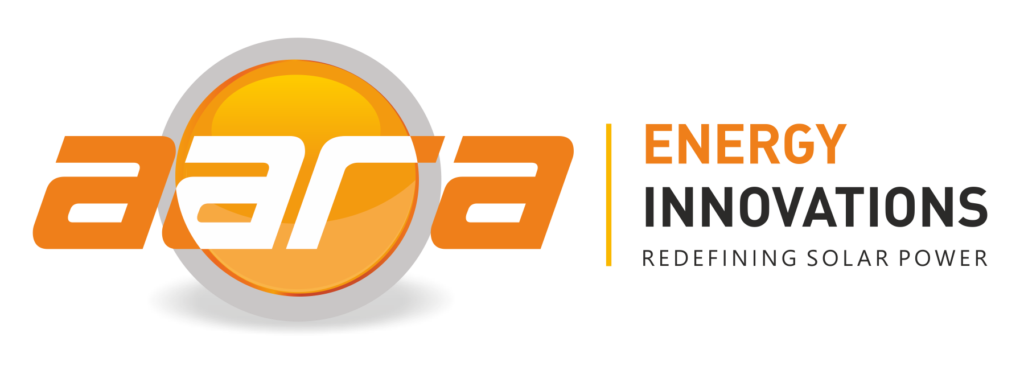Industrial Solar Costs in 2025: Factors That Impact ROI

Rahul Bhosale
Author -
- October 15, 2025
Industrial solar power has evolved from being a forward-looking option to a mainstream strategy for cost reduction and sustainability in India. Rising electricity tariffs, stricter ESG mandates, and the increasing focus on energy independence have made solar a boardroom discussion across industries.
In 2025, factories, warehouses, and manufacturing plants are no longer debating if solar makes sense—they are weighing how to plan for it. The questions have shifted to:
- What is the industrial solar panels cost in 2025?
- How does system size or technology impact payback?
- Which financing approach—CAPEX or OPEX—will deliver the right ROI?
- How do state-specific regulations and incentives affect overall savings?
By understanding these cost drivers, businesses can move beyond hesitation and invest in solar solutions that cut bills, reduce emissions, and build long-term resilience.
Key Components Influencing Industrial Solar Costs
Several elements affect the industrial solar panels’ price for factories:
- Solar Modules: High-efficiency panels typically cost more but deliver better output and ROI.
- Inverters: String inverters are common for small to mid-sized plants; central inverters are used for large installations.
- Mounting Structures: Cost varies depending on rooftop type (metal sheet, RCC, ground-mounted).
- Balance of System (BoS): Cables, transformers, LT/HT panels, and other electrical components.
- Installation & Labour: Skilled EPC execution ensures reliability and long-term performance.
- O&M Costs: Preventive maintenance and cleaning influence lifetime efficiency.
Price Estimates for Rooftop Solar Plants
While prices vary by state and vendor, indicative ranges for 2025 are:
- 20 kW Plant: ₹9–16 lakh
- 40 kW Plant: ₹17–32 lakh
- 75 kW Plant: ₹28–39 lakh
- 100 kW Plant: ₹35–55 lakh
These estimates cover EPC, modules, inverters, and commissioning. Costs may shift slightly based on the industrial solar panel installation partner and the type of system chosen.
Geographic & Regulatory Factors Impacting Cost
The industrial solar panels’ cost also depends on where the project is located:
- State Subsidies: Some states provide incentives for rooftop solar (like capital subsidies or waivers on wheeling charges).
- DISCOM Policies: Net-metering, net-billing, and banking rules directly affect savings.
- Government Incentives: Accelerated depreciation (up to 40%), GST benefits, and Renewable Energy Certificates (RECs) boost ROI.
Comparing System Types: On-Grid, Off-Grid, Hybrid & Their Price Differences
- On-Grid Solar: Most cost-effective, tied to the grid. Best for factories with a stable power supply.
- Off-Grid Solar: Requires batteries; higher upfront cost, suited for areas with unreliable grid supply.
- Hybrid Solar: Combines on-grid with storage; higher investment but provides backup and stability.
On-grid rooftop systems dominate in industrial use because of lower industrial solar panel prices and faster payback.
Cost Per kW: What to Expect in 2025 for Industrial Rooftop Systems
In 2025, the average industrial solar panels cost in India ranges between:
- ₹45,000 – ₹70,000 per kW
For large capacities (100 kW and above), economies of scale push prices to the lower end of this range.
Tips to Optimise Industrial Solar Costs Without Compromising Quality
- Choose High-Efficiency Panels: They deliver more kWh per square meter.
- Leverage Government Incentives: Use accelerated depreciation and net-metering where available.
- Engage a Reliable EPC Partner: Avoid frequent repairs by choosing a proven provider with strong O&M.
- Plan for Long-Term ROI: Focus not just on upfront industrial solar panels price, but on lifecycle savings over 25 years.
Conclusion
Solar adoption in India is accelerating, but the smartest investments are made when businesses understand both the industrial solar panels price and the broader factors that shape ROI, technology, location, incentives, and system type. In 2025, a well-designed system can achieve a payback period of 2–4 years under CAPEX, while OPEX models extend the benefits of solar to companies that prefer zero upfront investment.
For decision makers, the takeaway is clear: industrial solar is no longer just an environmental choice; it’s a financial strategy that safeguards competitiveness. By optimising design, leveraging subsidies, and choosing a reliable EPC partner, companies can ensure consistent performance for 25 years while locking in predictable energy costs.
At Aara Energy, we’ve seen firsthand how the right solar strategy transforms operational expenses into strategic savings. If your business is evaluating solar in 2025, the opportunity is not just to reduce costs, but to build resilience and leadership in a low-carbon future.
For more details on industrial solar panel installation, visit Aara Energy’s Rooftop Solutions.
Related Blogs








